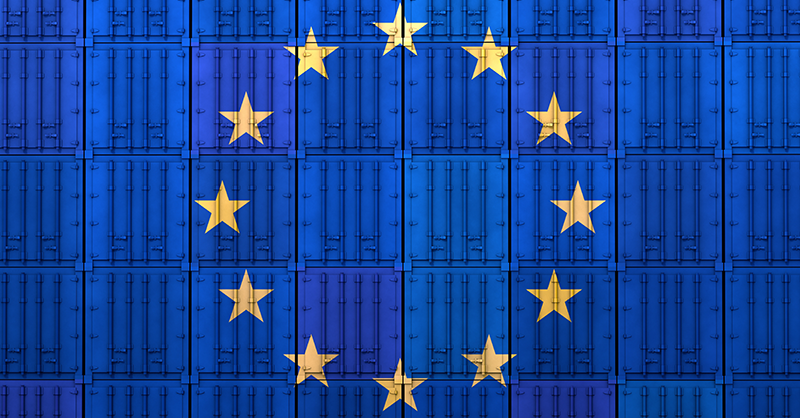Banks will be pleased with digital euro design, but consumers will be hard to convince
15 June 2023 13:02

EU banks may well be pleased by plans for the design of a potential digital euro, but convincing consumers of its attractiveness may remain a major challenge.
A draft of the European Commission’s upcoming legal proposal to lay groundwork for the currency, seen by MLex, shows that it plans to pursue a model solely for retail consumers, intermediated by banks and payment service providers, and with modest upper limits on the amount that can be held.
The plans will appease EU banks, which feared being cut out of the digital euro ecosystem but will now be included, but they limit the coin’s usefulness to EU consumers. And while the draft indicates the political direction for the digital euro, the decision on whether or not to actually mint the currency rests with the European Central Bank, and could yet be years away.
Retail or wholesale?
The only kind of central bank digital euro in consideration is a "retail" coin — for use by consumers in much the same way as cash or online money is now — rather than a "wholesale" one that could be used by banks to settle large or cross-currency transactions.
That hasn’t been a popular move, with much of the finance industry arguing that a wholesale central bank digital currency would have more use cases than a consumer one.
Think tank Bruegel said this week that a retail digital euro would offer "little obvious value added, at least for the foreseeable future,” while there is a “strong case” for building a wholesale one, which could “revolutionize the way that cross-border, cross-currency payments are made”.
If a digital euro goes ahead, banks and payment service providers will need to offer digital euro accounts and services to whichever EU citizen asks, as having an existing commercial bank account would not be a prerequisite for opening a digital euro account.
They would need to safeguard the data around transactions with cutting-edge technology, and to submit data to authorities when people are suspected of money laundering or terrorist financing.
In this way, this digital euro is onerous for banks and payment service providers, which would need to ramp up their technological infrastructure to provide digital euro services, without benefiting themselves from the efficiencies that a wholesale digital euro could bring to the industry.
They will be able to charge for the services, but prices could be capped by the ECB or the European Commission in future.
Banks looped in
In terms of the distribution of a digital euro, however, banks would be the major winners.
The ECB and commission could have chosen a direct distribution model, where consumers would get their digital euros directly from the ECB or a national central bank. That would effectively cut the banking industry out of providing accounts or services for the digital euro, but would give consumers money which is directly backed by the central bank, making it more secure than existing deposit protection schemes under private banks.
Instead, though, the draft opts for a model where banks and other payment service providers will hold the digital euro accounts, distribute the coins, and offer services to clients. Contracts will be between consumers and the banks, not between consumers and the ECB.
From a consumer perspective, the differences between a digital euro and existing digital payment methods will seem limited, meaning digital euro accounts would likely be less attractive.
Research and campaign group Positive Money Europe said the bank distribution model reduces the digital euro “to a simple payment scheme,” and that consumers are “unlikely to take up digital euros if they perceive them as being no different to the private money already offered by commercial banks.”
Holding limits
Also likely to limit the digital euro's attractiveness to consumers would be the limit on the amount that can be held. No maximum is set in the commission's draft, but 3,000 euros ($3,300) has been discussed, and the draft states that the ECB and commission can set or adjust holding limits in the future.
Were there to be no holding limit, people could be drawn to storing their money in central bank-backed digital euros rather than more risky private bank accounts — although this would bring its own financial stability concerns, as a run on a digital currency in a crisis could play out rapidly in a crisis.
With a low limit, though, the digital euro would be used more as a means of payment than as a store of value.
The draft also states that like cash, the digital euro will not accrue interest, further dampening any usefulness as an investment.
Because of these design choices, the differences between conventional payment accounts and future digital euro account become pretty slim, meaning consumers might not see the digital euro as worth the trouble.
Should the digital euro come to pass, then, the ECB and the commission would appear to have an uphill battle to convince consumers that they have anything much to gain from it.
Related Articles
No results found
